August 29, 30, 31, 2025 – Moscow, Idaho
This 21-hour Tactical Emergency Casualty Care (TECC) course focuses on CPR, Basic Life Support (BLS), AED use, and “Stop the Bleed” training for the Civilian Responder. It includes various phases of care while under fire, and which type of intervention is appropriate in the Hot, Warm, and Cold Zone phases of care.
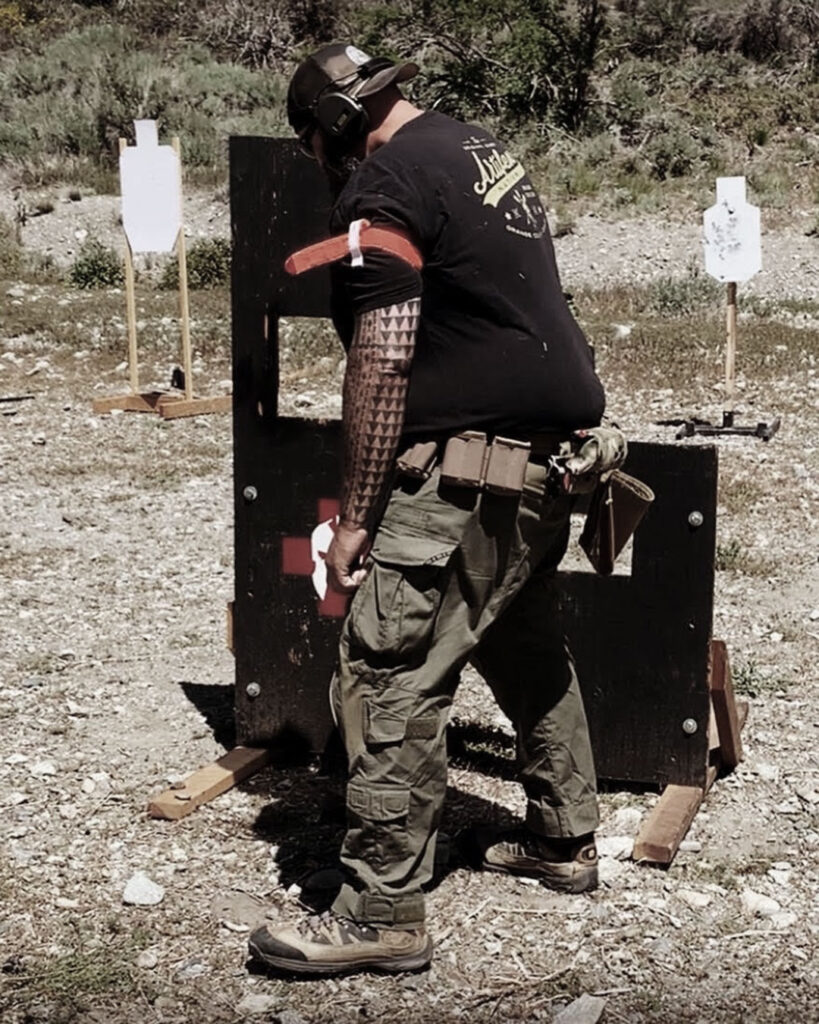
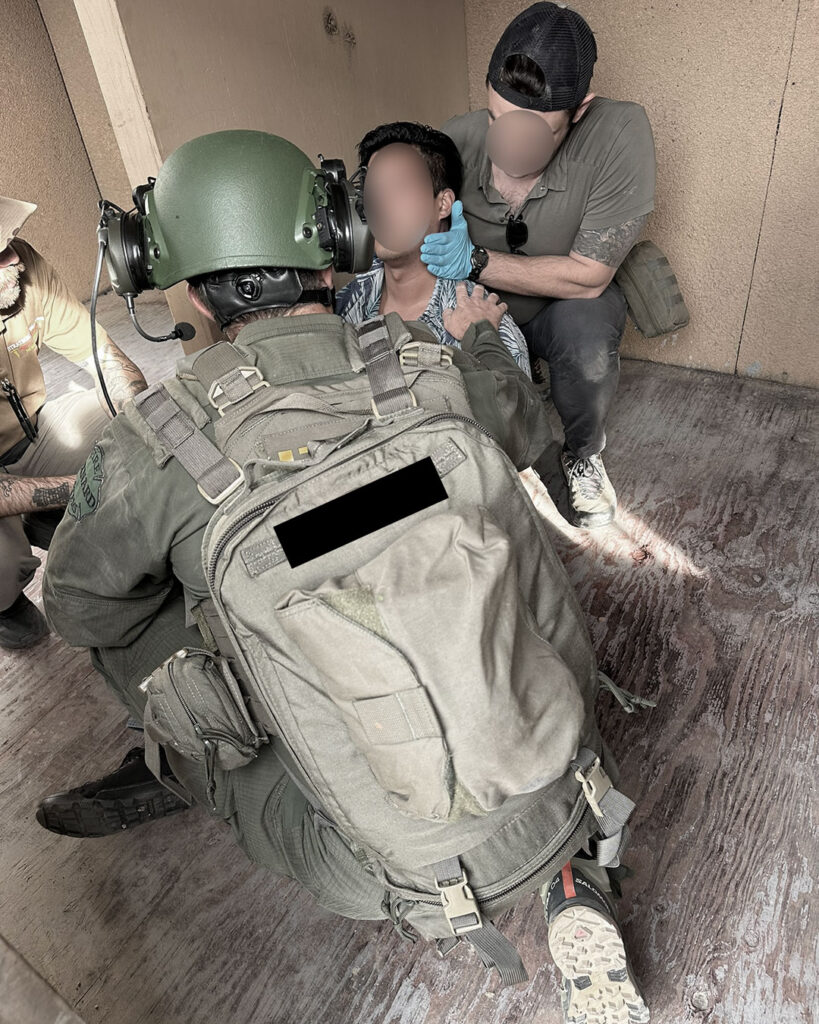
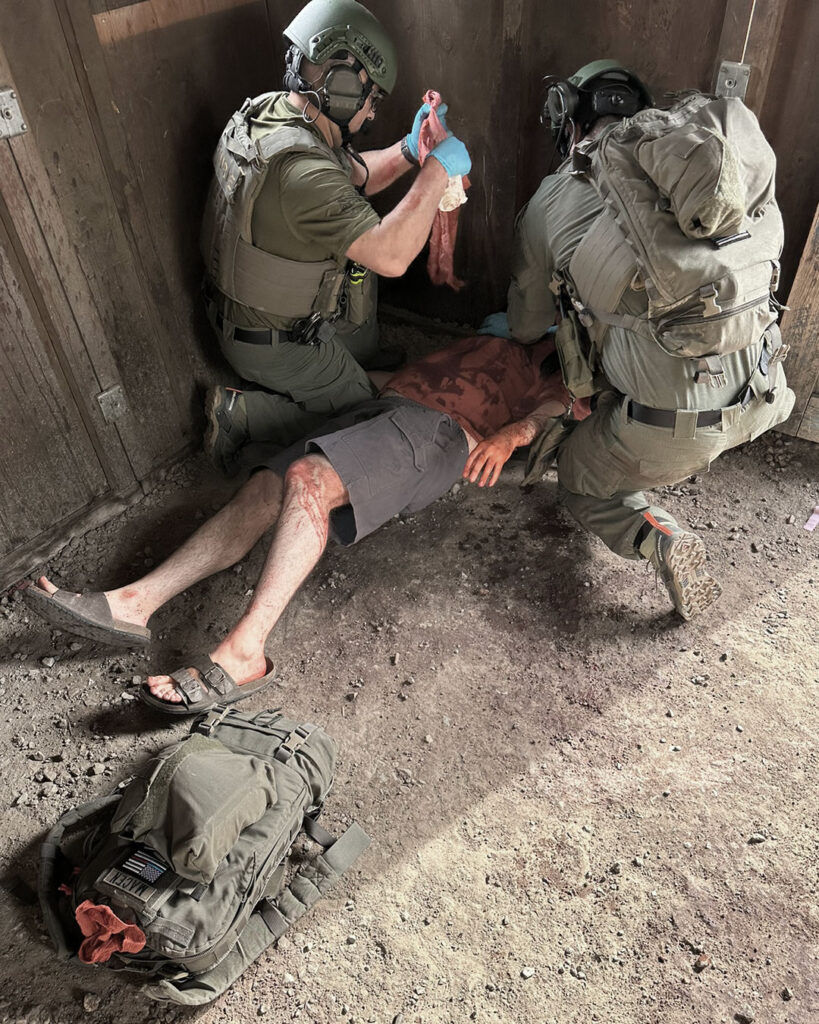
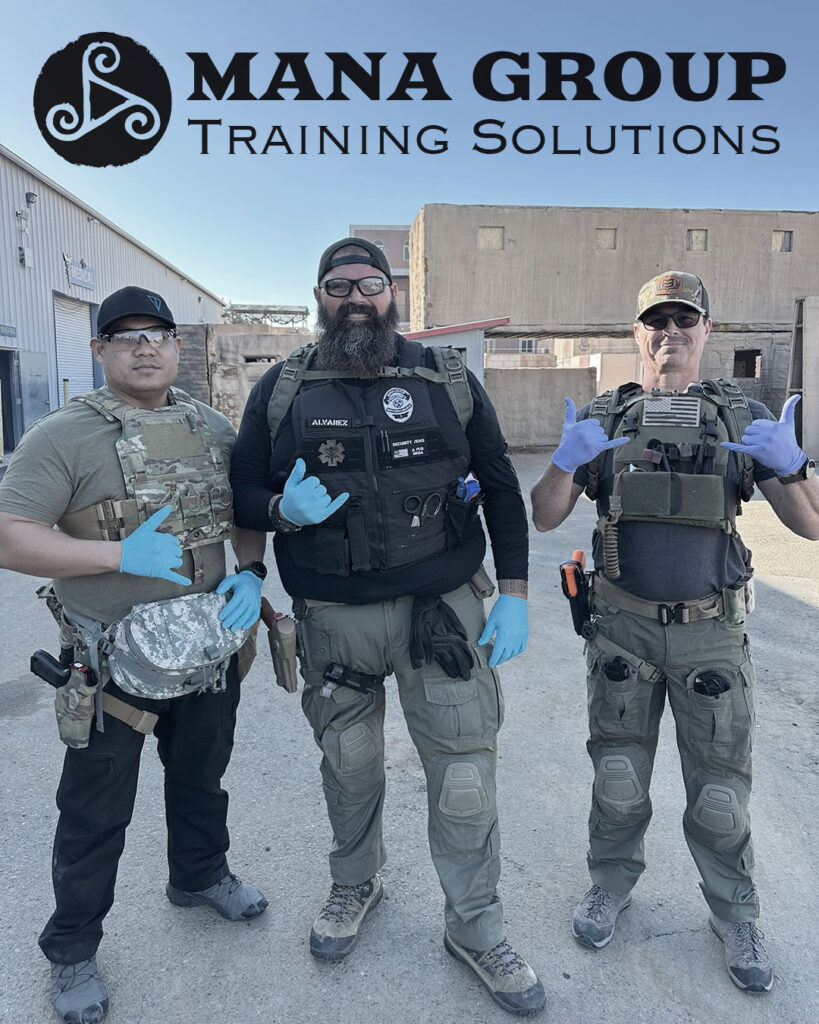
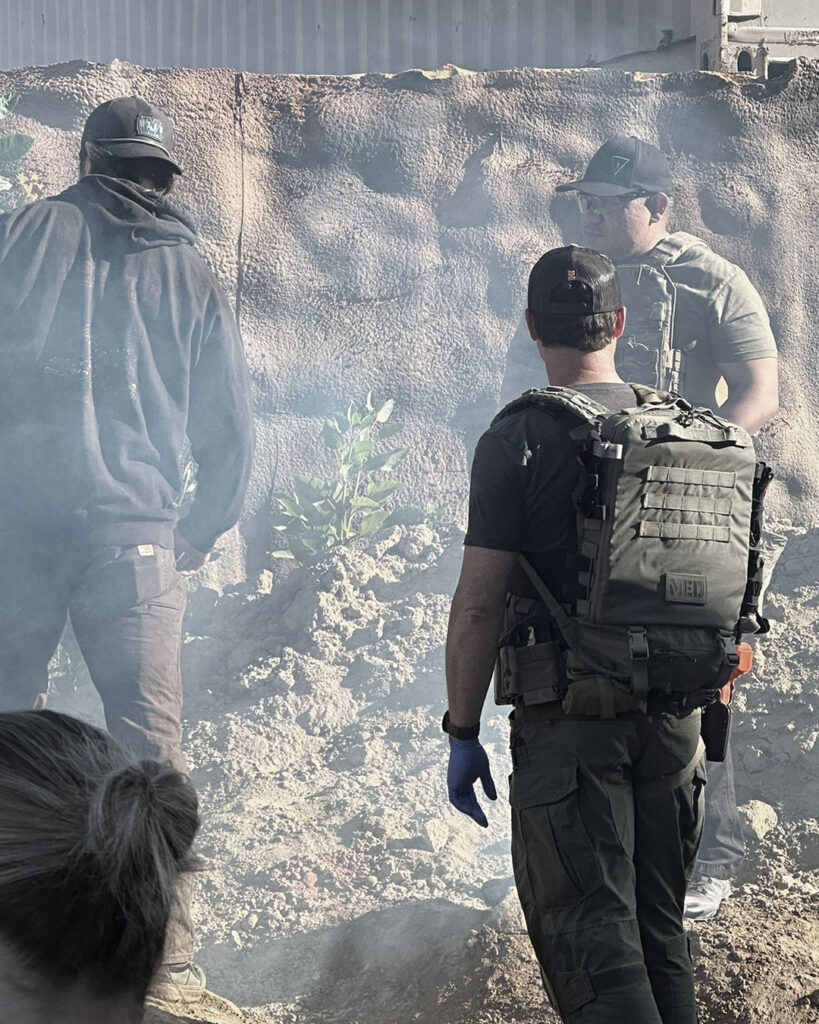
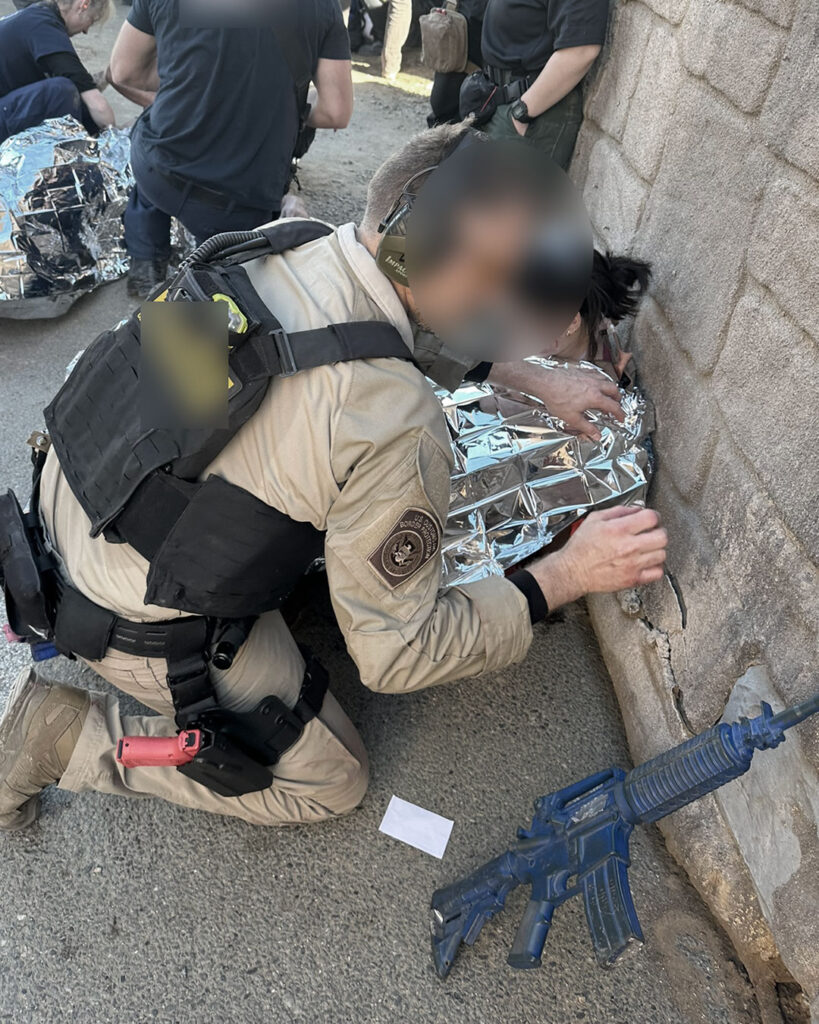
Course participants will use realistic simulators and animal tissues to practice wound packing and management of arterial bleeding. This helps them better understand how tissue reacts when manipulated.
Attendees will receive an AHA CPR certification that is valid for two years, C-TECC Certificate, and a Stop the Bleed Certificate.
They will have the opportunity to purchase our Mana Group Advanced IFAK at a discounted rate. We partnered with North American Rescue in producing this IFAK kit which includes a CAT7 NAR TQ, Quick Clot Hemostatic Gauze, NAR Pressure Bandage, and NAR Hyfin Vent chest Seals, NPA, and Gloves. Additional items will be available for purchase as well.
All TECC guidelines will be discussed at all levels of the Civilian Responder Course.
Course Outcomes
Training Certificate per C-TECC guidelines
AHA CPR Certification
Stop The Bleed Certificate
Course Fee: $325 for 18+
Course Fee: $200 for 13-17yo (With Parental Approval & Attendance)
Time Schedule
Day 1: Half Day, CPR and shooting fundamentals to assess skill levels. 1200 – 1700
Day 2: All Day Hemorrhage control and shooting 0800 – 1600
Day 3: All Day live scenarios and shooting 0800 – 1600
*Day 1 & Day 2 will have 1hr lunch breaks
Day One Coverage
- Brief Coverage of CPR
- Rapid Assessment
- ABCP’s
- Contact EMS
- CPR
- AED
- Reassessment
- Recovery
- Coverage of Legal Aspects: (Good Samaritan Act)
- Standard of Care
- Abandonment
- Negligence
- Injury
- Consent
- Refusal of Care
- Firearm Safety & Shooting Fundamentals
- Firearm Safety
- Firearm Manipulation (Loading/Reloads, Unholstering/re-holstering)
- Firearm Marksmanship (Stance, Grip, Sights, Sight Pic/Alignment, Target Focus, Follow through)
- Kit check
Day Two Coverage
- Extensive Coverage of Hemorrhage Control (Use of Simulators)
- P.M.A.R.C.H.P. Algorithm
- Bleeding Control
- Tourniquet Application
- Wound Packing/Junction Sites
- Pressure Dressings
- NPA
- Chest Wounds
- Chest Seals
- Pneumothorax
- Tension Pneumothorax
- Hemo -Pneumothorax
- Needle Decompression
- Positioning of Victim
- Shock
- Firearms/Shooting
- Drills
- Malfunction Drills
- Shoot & Move
- Cover & Concealment
- Communicating, Shooting & moving, Covering
- Care under fire drills
Day Three Coverage
- Casualty Extractions
- Non-Supported Carry Techniques
- Rapid Extraction
- Supported Carry Techniques
- Soft Litters
- Non-Supported Carry Techniques
- Live Fire Scenarios
- Stop the Threat
- Communication, Move, Cover
- Immediate Interventions / TQ’s / Hot Zone
- Rapid Extraction to Cover
- Secondary Interventions/Reassessments / Warm Zone
- Extraction to Casualty Collection Point
- Cold Zone Reassessment/Interventions/EVAC / Cold Zone
- Stop the Threat
Firearms Training
Firearms are an integral part of the environment for Security Professionals, LEO’s, First Responders, and Civilians. Yet, they do not receive the amount of training needed to remain proficient, especially when working in a high-stress environment.
Building solid fundamentals, and elevating their abilities, while pushing their stressors in a dynamic environment is believed to aid these individuals in being better prepared for their daily operational roles.
Civilians looking to be better prepared to respond in a home defense situation or life threat are also in need of similar training, especially when they are forced into processing information for a shoot/no-shoot situation.
This course focuses on defensive firearm fundamentals. It includes shooting around or behind barriers, from the ground, and from compromised positions. It also includes shooting strong side and support side only.
There is also a heavy emphasis on hemorrhage control, performing self-aid, and buddy aid in the active shooter environment. TQ application and shooting with a TQ applied.
Pre-Requisites
– Open to all Law Enforcement, Private Security, and Civilians 18 years of age or older.
– Students must be able to demonstrate safe handling and weapons manipulation skills, and holster use.
– Anyone not demonstrating safe handling skills will not be allowed to participate in the trauma lanes in the remaining Days of Training.
Loadout
– A well maintained and operational handgun/Rifle/Shotgun
– Gun belt and quality Kydex holster preferred
(Serpa, soft nylon or worn leather holsters will not be allowed)
– 3 pistol magazines/ 3 Rifle Magazines/ Shotgun shell pouch/caddy/cards
– Magazine holders / pouches
– Eye & ear protection (Electronic Ear Pro Preferred)
– 500 rounds per caliber/platform
– Please wear range appropriate attire. No open toe shoes or low-cut tops, tank tops etc…
Course Objectives
– Pistol/Rifle/Shotgun shooting fundamentals
– Shooting from cover/ concealment positions
– Magazine changes / Reloads
– Strong and support side shooting
– Shooting positions
– Engaging multiple targets in Compressed/Open environments.
